
Developer: Red Blue Games
Publisher: Merge Games, Maple Whispering Co.
Platform: PC, Mac, PS4, Xbox One, Switch
Tested on: PC
Sparklite – Review
Sparklite is a game developed by Red Blue Games, a three-person studio based in North Carolina. Judging by their website it’s their first big, full game, which is always a special occasion and also this time more than enough reason to check out what Sparklite is all about in this review about a world filled with colorful biomes and adventure.
Story
Sparklite starts with you being on a floating ship that’s falling apart. Accompanied by a small robot friend, you are urged to make an emergency escape before you find yourself in a world filled with shifting lands. These lands contain vaults that have secret technology inside them, and Titans ruling over each land. Titans, as the boss monster goblins are called, are under the influence of somebody called “The Baron”, and they seem to be destructive in nature.
This is where the story starts to get a bit rackety, because you also need to release some seals (which you can do after each boss) and that will somehow save the world. At the same time, NPCs are aware of living in a weird world but they just don’t care. The game only offers text dialogue and some small in-game cutscenes, yet it feels like all depth goes missing at this point and it becomes more of a “just do this” mentality when looking at the way the story is being told.
Graphics
A lot of games from the last decade or so have been working on aesthetics closely related to retro pixel art. More than often this pixel art is upgraded for modern screens with a high bit (at least 16 bit) color rate, and this is exactly what Sparklite does as well. It packs something cute by mixing a cartoony character design with high-resolution pixel art and a dash of colorful steampunk, making for some happy environments that can still express something specific such as a dark swamp feeling sorrowful.
As far as animations go, sprites have been made well, though there is a significant difference in the quality of boss fights versus regular mobs, where regular mobs seem to be underappreciated and not as lively in comparison. Luckily your own character her sprites and array of weapons work properly as well, and apart from some timing in certain fights, those graphics are balanced and polished like everything.
Sound
The sound design of Sparklite gives you something nostalgic, yet original. It seems like a lot of effort has been put into making something unique and happy sounding. There are no voice-overs in this game, so it’s good that such effort pays off when listening to the background music. The sound effects are not so interesting, mostly because they lack some real impact, though they fit the game well enough in its entirety.
Gameplay
Sparklite plays like an action-adventure game, which seems to take many pages from the playbook of The Legend of Zelda games. Some of the monsters look like they could exist in a Zelda-universe, and the way the level has been built-up is also reminiscent of those retro days. The map is divided into multiple ”rooms” that are connected to each other. Depending on the part where you find yourself you can go east, west, north, or south to craft your own path where available. The main problem of the game is that Sparklite tries to do it a bit differently, which doesn’t work out so well.
You see, Sparklite has five different biomes that you get to explore, and every time you die you will start in the (easiest) green grass biome. These biomes always have the same rooms, but they are shuffled at random each time you have to start over. Since dying is easy, especially the first few tries at certain bosses, the game forces you to find your way again and again through the easy biome and whatever one you are trying to clear after that. Even if you don’t attack the monsters on your way there, it can still take a while, and you actually do need to kill monsters to get some sparklite, the currency in Sparklite.
This currency you will use to upgrade stations of your choice at your base of operations, which give you i.e. the ability to bring multiple gadgets such as a bow and an explosive zeppelin. These gadgets make you use power and are, due to the amount of power, only really useable for puzzles instead of fighting. The bosses are fun to do but you can only do them once, and the regular monsters are very repetitive. You have a wrench to hit monsters, a dash to dodge, and your gadgets/useables. Then there’s also an upgrade system where you can choose what you want to enforce such as more wrench power or the ability to see where the boss will be on the map, but it’s too little. In the end, the game just should have thought about how much roguelike fashion it wants to present, instead of going only half the way and getting players stuck in a loop every time they die.
Conclusion
Sparklite contains a lot of good but it doesn’t shine all the way through. There’s some adventure, though maybe a bit boring, there’s some good retro pixel-art, and the music is nice. Yet, the way the game has been set up with rather dull encounters when not fighting a boss, and by forcing you to redo every bit again and again, it loses a lot of its initial charm as well. Essentially the game should have designed its core a bit better without creating forced replay value, and it would have been good as a whole instead of being ”just” okay.
Sparklite - Review,
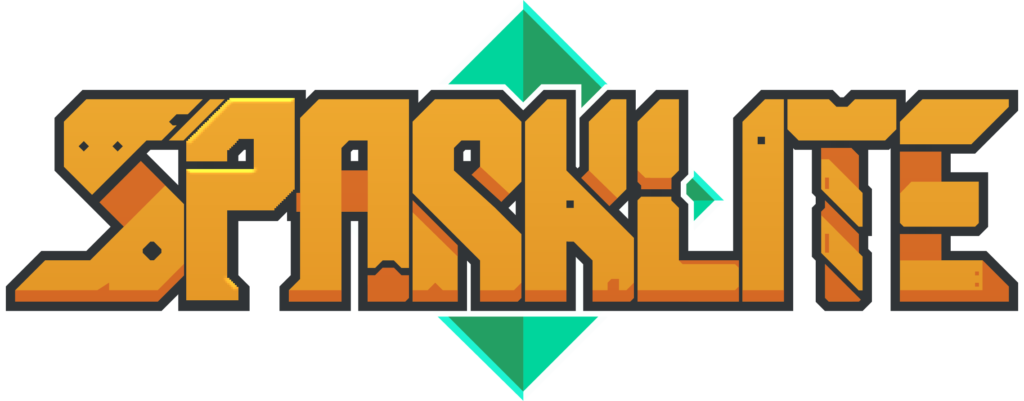
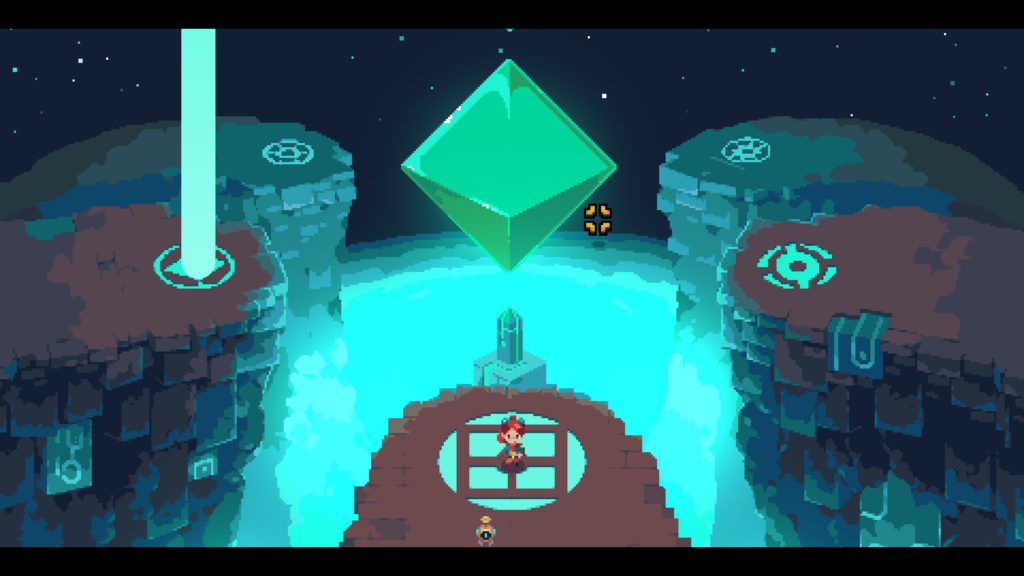
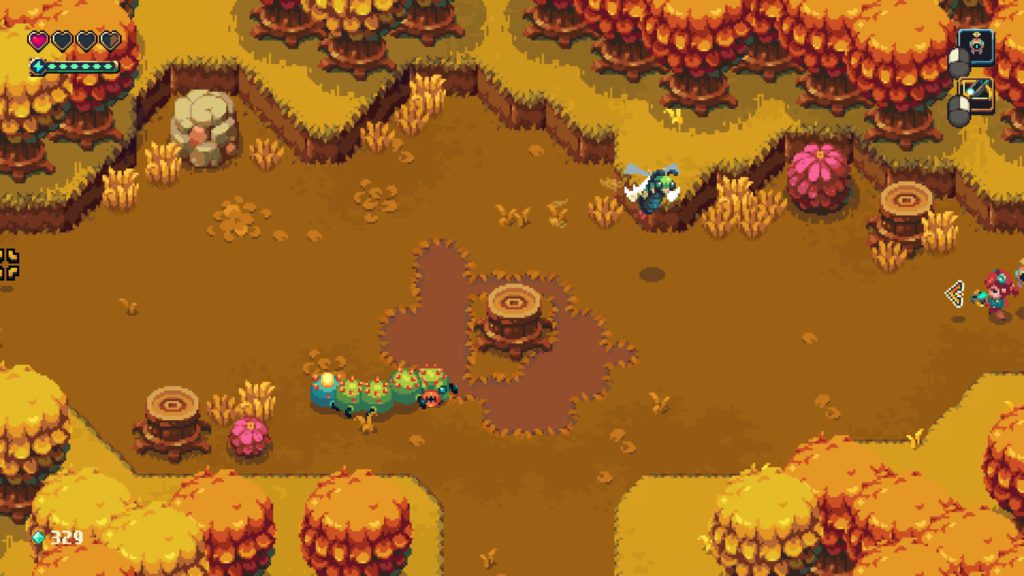
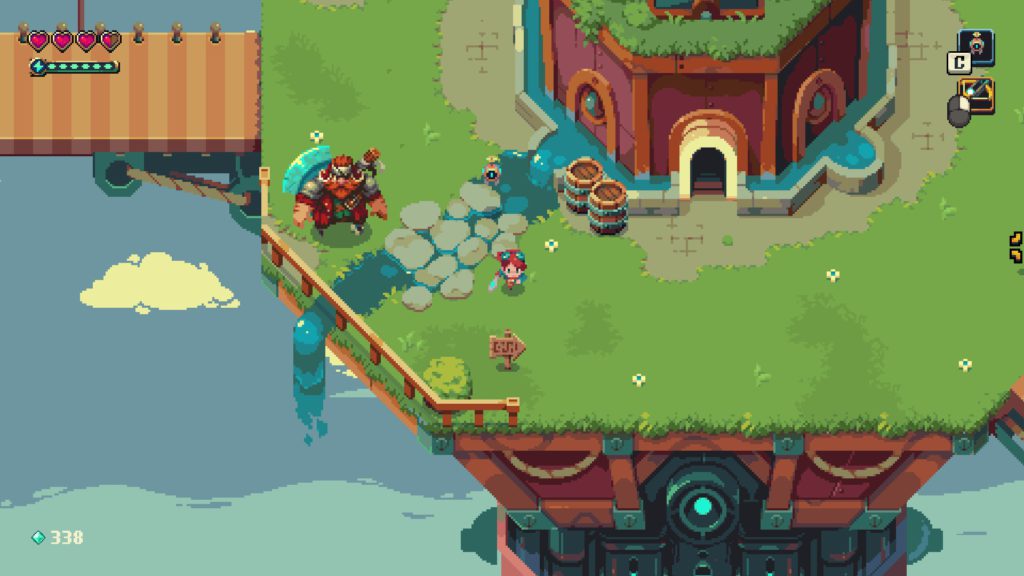
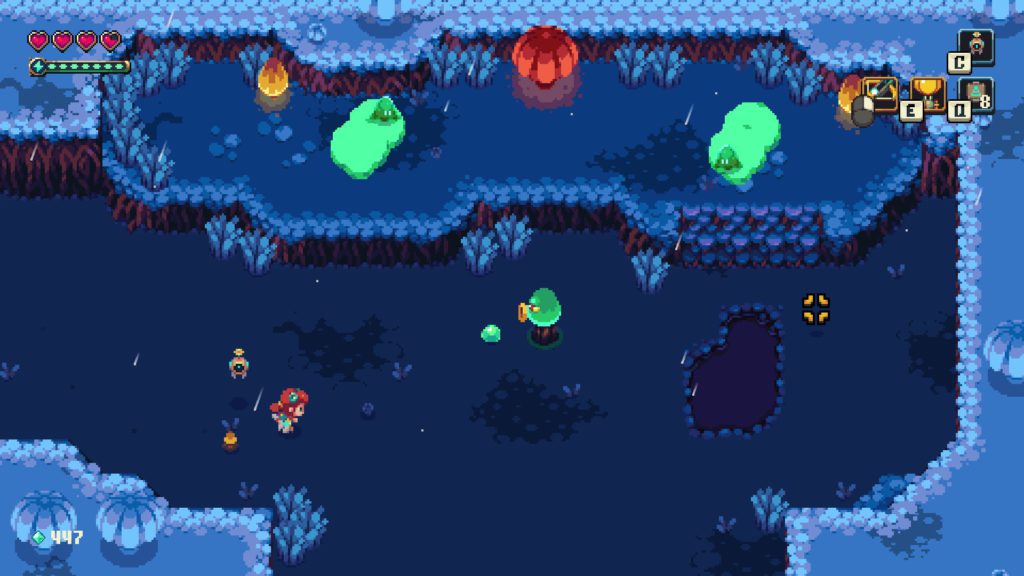

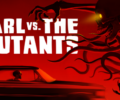
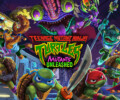
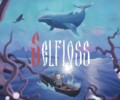
No Comments